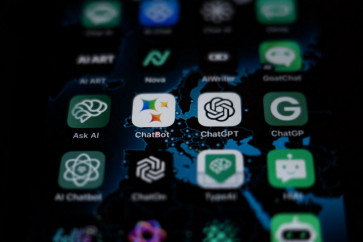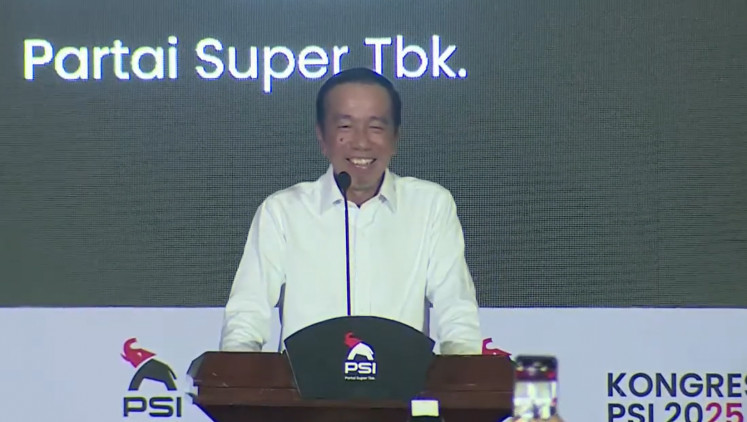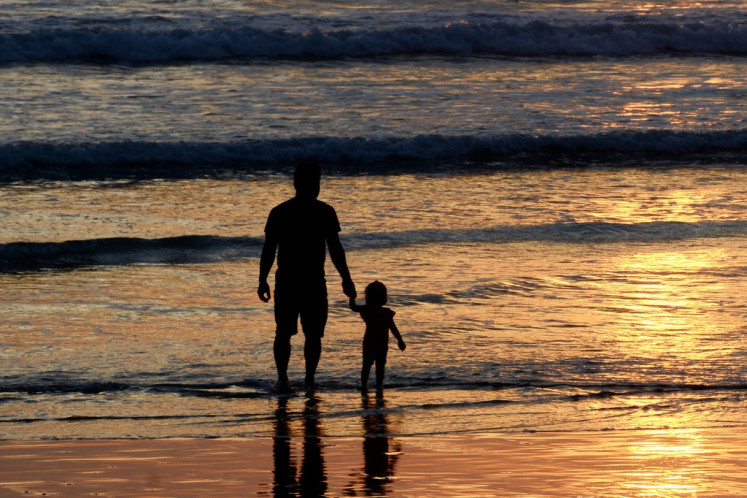Popular Reads
Top Results
Can't find what you're looking for?
View all search resultsPopular Reads
Top Results
Can't find what you're looking for?
View all search resultsHow children learn best
When children of school age enter the school environment the natural focus of parents is on learning, because that is what a school is all about
Change text size
Gift Premium Articles
to Anyone
When children of school age enter the school environment the natural focus of parents is on learning, because that is what a school is all about. However, up until children start their school career, they have already learned significantly.
Learning to walk, talk and interact socially are vital and indispensable learning processes. Nevertheless, stimulating (young) children to keep on learning and become life long learners is a fundamental trait in our time! The question: "How children learn best" has been a subject for decades and there is still a lot of undiscovered ground. However, in the past 15 years the knowledge we have on learning and brain function has increased significantly.
Most schools in Indonesia have a traditional vision on learning. This means that the emphasis is on drill, repetition and abstract and conceptual knowledge, without taking into account the way pupils perceive and process information best. The theory of learning styles (Gardner, 1983) implies that how much children learn has more to do with whether the educational experience is geared toward their particular style of learning than whether or not they are "smart." In fact, educators should not ask, "Is this student smart?" but rather "How is this student smart?" When schools focus more on learning, there will be a positive effect that pupils become better learners.
The learning styles theory is based on research demonstrating that, as the result of upbringing, heredity and environmental differences, children preferentially take in and process information in different ways. The way children process and take in information is called a learning style.
These so called learning styles are simply different approaches or ways of learning. Generally, researcher defined three mayor learning styles: kinesthetic/tactile, auditory and visual.
Children who have a kinesthetic/tactile preference for learning tend to learn best through doing, touching and moving. Children who prefer this style need a hands-on approach, actively exploring the world around them. These children may find it hard to sit still for longer periods and may become sidetracked by their need for activity and exploration.
Children with a more visual learning preference will learn better through seeing. These children need to see the teacher's body language and facial expression. They think more in pictures and learn best from visual displays, including illustrated text books, overhead transparencies, videos and hand-outs to help them absorb (new) information.
A child with a preference for auditory learning will learn best through listening. The focus is on verbal instruction, talking things through, discussions and listening to what the teacher and their peers have to say. Auditory learners interpret the underlying meaning of speech through listening to the tone of voice, pitch, speed and other nuances. These children often benefit from reading text aloud or being read to.
More traditional schools tend to favor abstract perceiving and reflective learning processes, as can be seen in schools in Indonesia. However, with the knowledge we now have on improving learning in schools, teachers should try to re-design their lessons and accommodate all learning styles, using various combinations of teaching aids like, music, illustrations, movement and interaction! Teaching is about finding the balance between the different learning styles. When new knowledge or skills are addressed through using a variety of learning styles, the children will be taught partly in a manner they prefer and partly in a manner they less prefer.
This will on one hand lead to an increased comfort level and motivation to learn when a child can process (new) information in his or her preferred teaching style. On the other hand, it will offer the child practice in ways of processing and perceiving information that they may initially not be comfortable with, but which they will have to learn in order to become long life learners. From our point of view, teachers and educators should constantly focus on teaching to pupils in a way they will best learn!
The writer has a PhD in educational sciences. She can be reached at: educational.development@hotmail.com.










